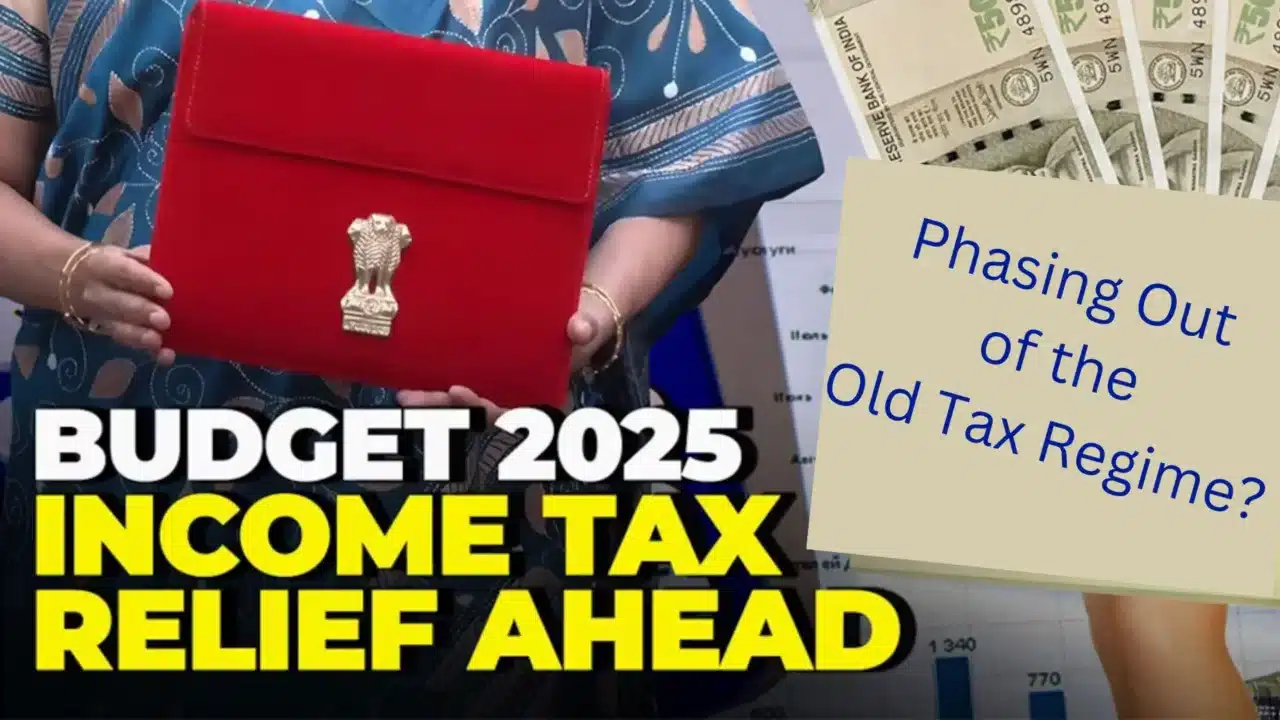Understanding Income Tax Changes in Budget 2025

The Union Budget 2025 has introduced significant changes to the income tax structure in India. Finance Minister Nirmala Sitharaman announced a new tax regime that offers substantial relief to individuals earning up to Rs 12 lakh. This change aims to ease the tax burden on middle-class taxpayers while ensuring that those with slightly higher incomes are treated fairly. The introduction of marginal relief is a key feature of this new tax framework, designed to prevent individuals from facing disproportionately high tax liabilities as their income exceeds the threshold.
Income Tax Slabs for FY 2025-26
Under the new tax regime, the income tax slabs have been revised to provide better clarity and fairness. For individuals earning between Rs 0 to Rs 4 lakh, the tax rate is set at 0%. Those earning between Rs 4 lakh and Rs 8 lakh will pay a 5% tax, while individuals with incomes between Rs 8 lakh and Rs 12 lakh will face a 10% tax rate. The tax rate increases progressively for higher income brackets, reaching 30% for incomes exceeding Rs 24 lakh.
The introduction of these slabs means that individuals earning up to Rs 12 lakh will not have any tax liability. This is a significant relief for many salaried individuals, especially in the middle-income group. The standard deduction for salaried individuals raises the effective limit to Rs 12.75 lakh, further enhancing the tax-free threshold. This structure aims to provide a more equitable tax system, ensuring that lower and middle-income earners are not overburdened.
Understanding Marginal Relief
One of the most important aspects of the new tax regime is the concept of marginal relief. This provision ensures that individuals whose taxable income slightly exceeds Rs 12 lakh do not face an excessive tax burden. For instance, if an individual earns Rs 12,10,000, the tax liability without marginal relief would be Rs 61,500. However, with marginal relief, the actual tax payable is reduced to Rs 10,000.
The calculation of marginal relief involves comparing the tax liability without relief to the amount exceeding the Rs 12 lakh threshold. In this example, the excess income is Rs 10,000. The marginal relief is calculated by deducting this excess from the total tax liability. Thus, the taxpayer benefits from a significant reduction in their tax burden, making the system fairer for those on the cusp of the tax threshold.
Examples of Marginal Relief in Action
To illustrate how marginal relief works, consider a few examples. For an individual earning Rs 12,50,000, the tax liability without marginal relief would be Rs 67,500. However, with the relief, the tax payable is reduced to Rs 50,000. Similarly, for an income of Rs 12,70,000, the tax obligation decreases from Rs 70,500 to Rs 70,000.
At the income level of Rs 12,75,000, the tax payable is Rs 71,250, and marginal relief becomes inapplicable. These examples highlight the importance of marginal relief in ensuring that taxpayers do not face a steep increase in their tax liability as their income rises just above the threshold. This provision is crucial for maintaining fairness in the tax system and encouraging individuals to earn more without the fear of disproportionate taxation.
Observer Voice is the one stop site for National, International news, Sports, Editor’s Choice, Art/culture contents, Quotes and much more. We also cover historical contents. Historical contents includes World History, Indian History, and what happened today. The website also covers Entertainment across the India and World.

